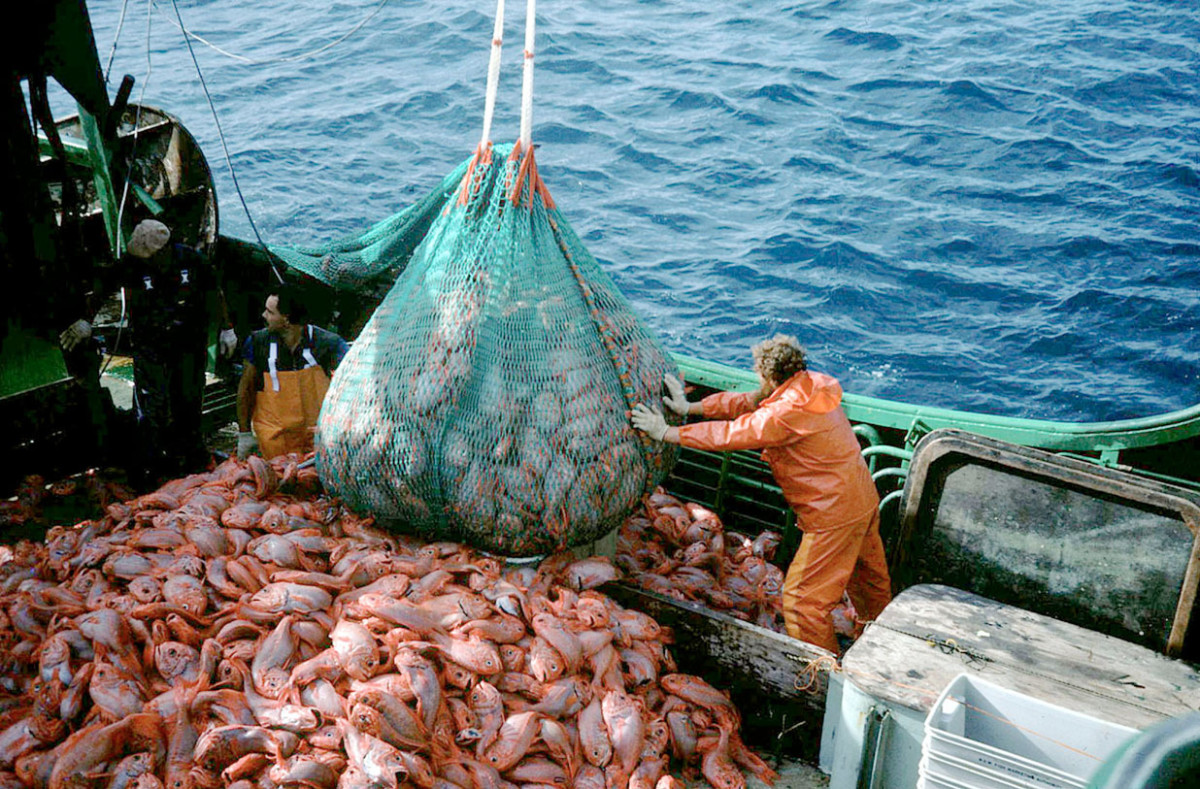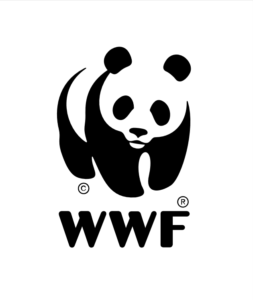Facts & Figures: The cold hard facts about overfishing
World-wide, overfishing is one of the biggest threats to the health of seas and their inhabitants. Overfishing also affects many people directly – above all in developing countries. Daily, tonnes of fish are hauled out of the sea. Unfortunately this is much more than can be naturally replenished – a real plundering of the world’s oceans.
An overview of the sad facts:
- Today, each person eats on average 19.2kg of fish a year – around twice as much as 50 years ago [1]
- In 2013 around 93 million tonnes of fish were caught world-wide [2]
- About 38.5 million tonnes of bycatch results from current preferred fishing practice each year [3]
- Over just 40 years there has been a decrease recorded in marine species of 39% [4]
- Illegal and unregulated fishing constitutes an estimated 11-26 million tonnes (12-28%) of fishing world-wide [5]
- Almost 30% of fish stocks commercially fished are over-fished [6]
- Over 60% of fish stocks are fully fished [7]
- In the North East Atlantic and nearby seas, 39% of fish stocks are classified as overfished. In the Mediterranean Sea and the Black Sea there is sufficient data for 85 stocks, which shows that 88% of these (75) are overfished [8]
- The European Union is the world’s primary importer of fish [9]
- More than 50% of imports are from developing countries [10]
show references for this article
[1] Food and Agriculture Organization of the United Nations (FAO). The State of World Fisheries and Aquaculture 2014. Rome. Page 62. http://www.fao.org/fishery/sofia/en
[2] Food and Agriculture Organization of the United Nations (FAO). The State of World Fisheries and Aquaculture 2014. Rome. Page 5. http://www.fao.org/fishery/sofia/en
[3] DAVIES RWD, et al. Defining and estimating global marine fisheries bycatch. Marine Policy (2009), doi:10.1016/j.marpol.2009.01.003. Page 20. http://wwf.panda.org/about_our_earth/blue_planet/publications/?160861/Defining-and-estimating-global-marine-fisheries-bycatch
[4] WWF Living Planet Report 2014. Page 138. http://wwf.panda.org/about_our_earth/all_publications/living_planet_report/
[5] Food and Agriculture Organization of the United Nations (FAO). The State of World Fisheries and Aquaculture 2014. Rome. Page 84. http://www.fao.org/fishery/sofia/en
[6] Food and Agriculture Organization of the United Nations (FAO). The State of World Fisheries and Aquaculture 2014. Rome. Page 7. http://www.fao.org/fishery/sofia/en
[7] Food and Agriculture Organization of the United Nations (FAO). The State of World Fisheries and Aquaculture 2014. Rome. Page 7. http://www.fao.org/fishery/sofia/en
[8] EU Press Release. 30.05.2013. http://europa.eu/rapid/press-release_IP-13-487_en.htm
[9] EUMOFA (European Market Observatory for Fisheries and Aquaculture Products). The EU Fish Market. 2014 Edition. Page 1; http://www.eumofa.eu/documents/guest/Yearly%20Highlights/The%20EU%20fish%20market_EN.pdf
[10] Food and Agriculture Organization of the United Nations (FAO). www.fao.org/news/story/en/item/214442/icode
%
of the world's fish stocks are overfished
%
of the world's fish stocks are fully fished
%
















